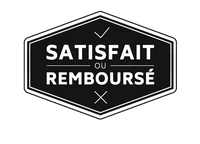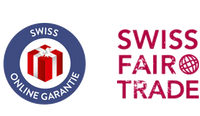Marianna Vladimirovna Verevkina was the daughter of the commander of the Ekaterinburg regiment in the Urals. In 1880 she was apprenticed to Ilya Repin, the most famous realist artist in Russia. In 1888, she suffered an accident while hunting which caused her to shoot her right hand, which she used to paint. In 1892 she met Alexi von Jawlensky, who later met Helene Neznakomova, who moved in with the couple. They set off on a journey through Germany in 1896. She did not paint for a decade. They then moved to France from 1905 to 1906.... Voir plus >
Marianna Vladimirovna Verevkina was the daughter of the commander of the Ekaterinburg regiment in the Urals. In 1880 she was apprenticed to Ilya Repin, the most famous realist artist in Russia. In 1888, she suffered an accident while hunting which caused her to shoot her right hand, which she used to paint. In 1892 she met Alexi von Jawlensky, who later met Helene Neznakomova, who moved in with the couple. They set off on a journey through Germany in 1896. She did not paint for a decade. They then moved to France from 1905 to 1906.
In 1909 Alexi Jawlensky, Marianne von Werefkin, Vassily Kandinsky and others formed the New Munich Artists Association (NKV), which held its inaugural exhibition at the Thannhauser Gallery in Munich in December. The 1912 exhibition gave rise to the group known as "Der Blaue Reiter" (The Blue Rider).
In 1907 she began her expressionist style. She was influenced in her style by Paul Gauguin and Louis Anquetin. She painted Fantastic Night, Sunrise and Burg Aigle in this style.
After the outbreak of the First World War, the family moved to Switzerland, near Geneva, and then to Zurich. After 1918, the couple separated and Werefkin moved to Ascona. In 1924, she founded the "Grosser Bar" group of artists.
In the following years she painted posters. Her friendship with her friends Carmen and Diego Hagmann helped her to escape poverty. She died on 6 February 1938 and is buried in the Russian Plot in the Ascona Cemetery.
Voir moins









